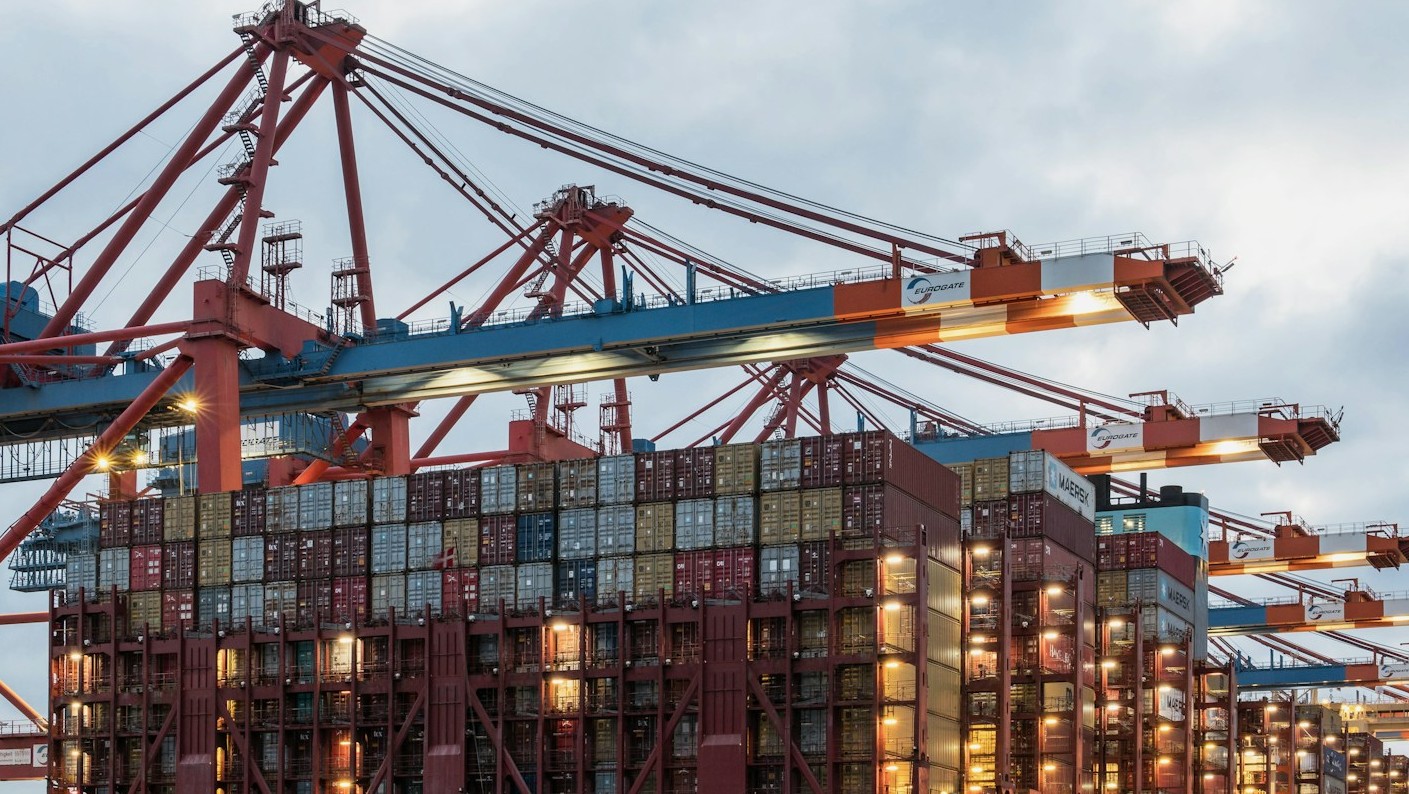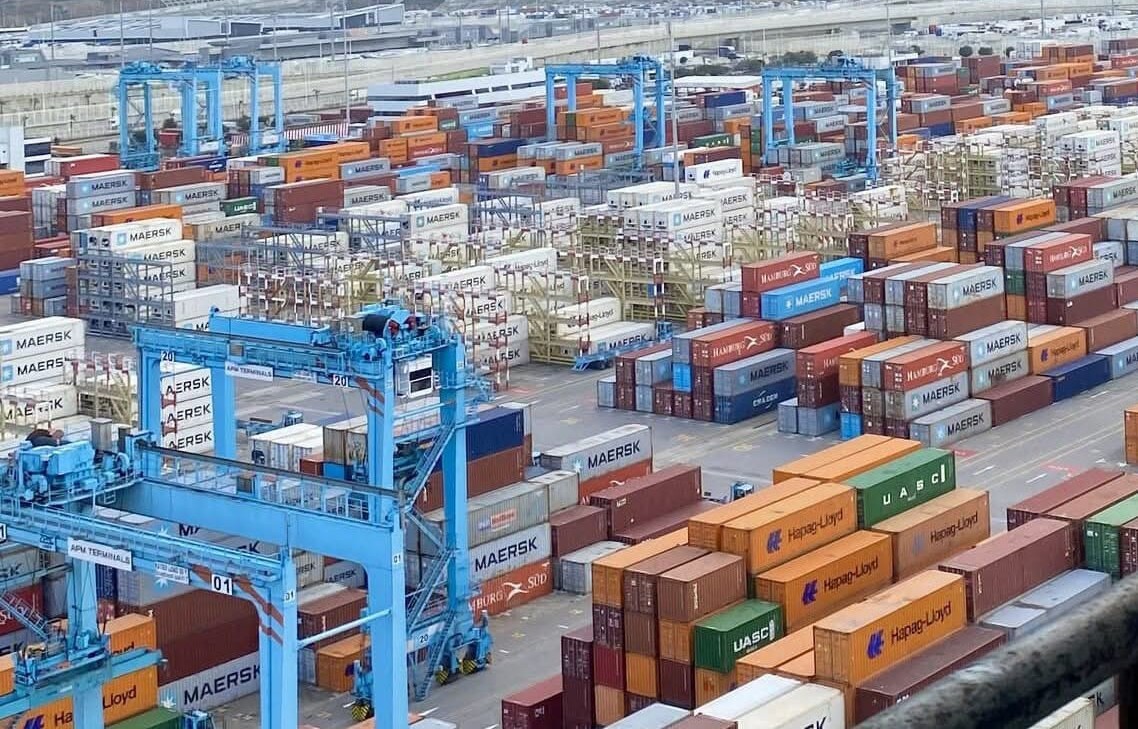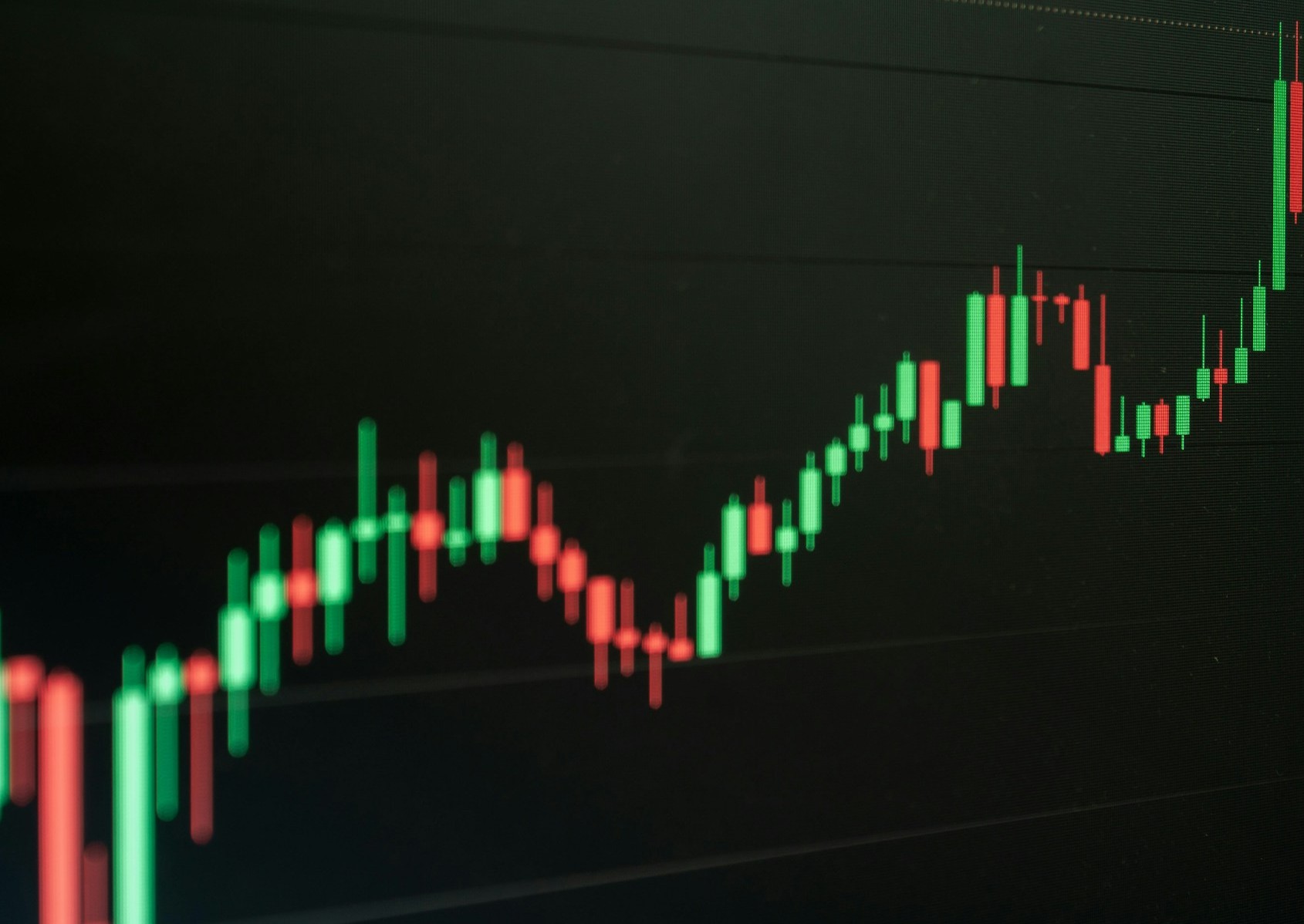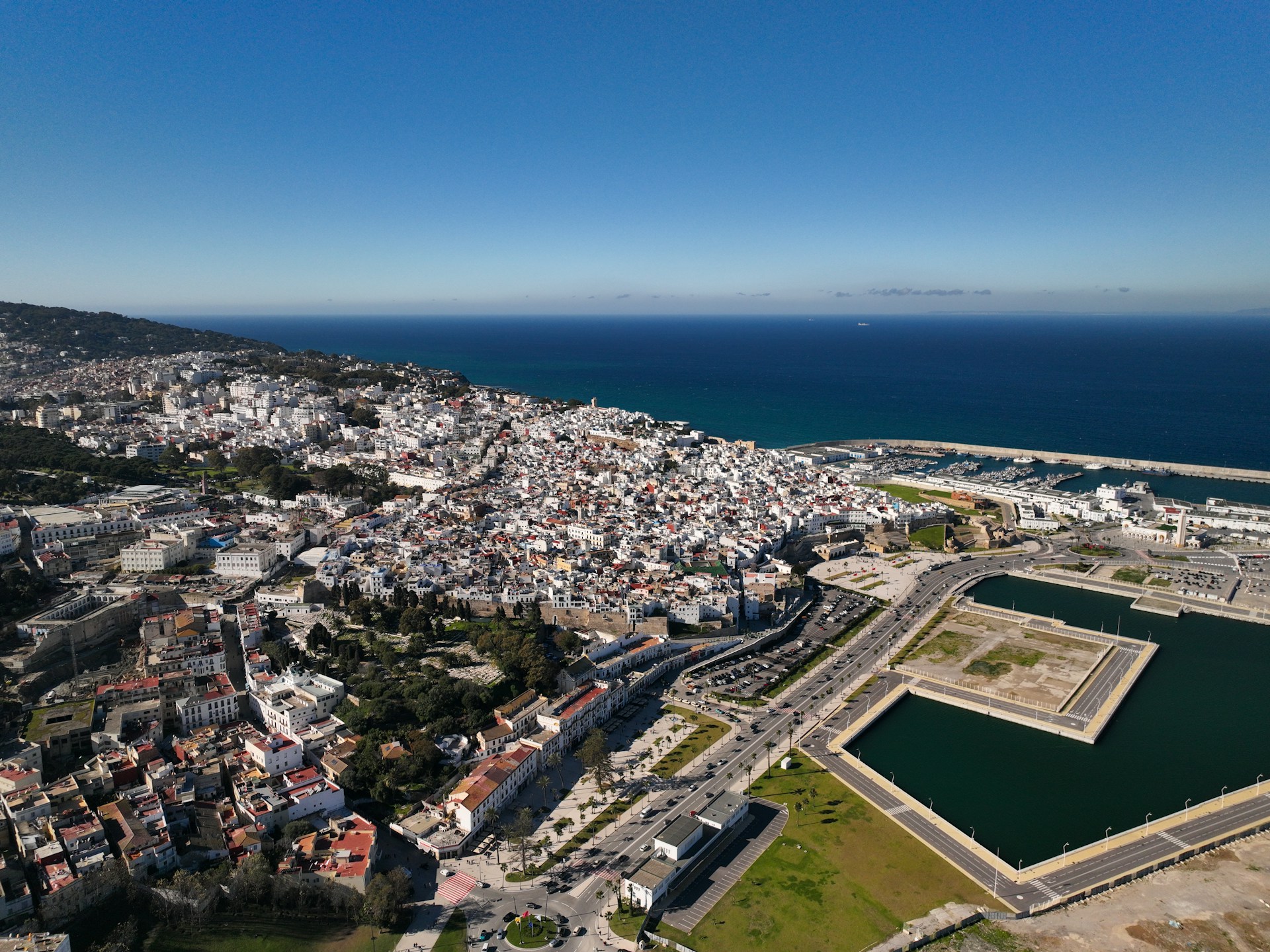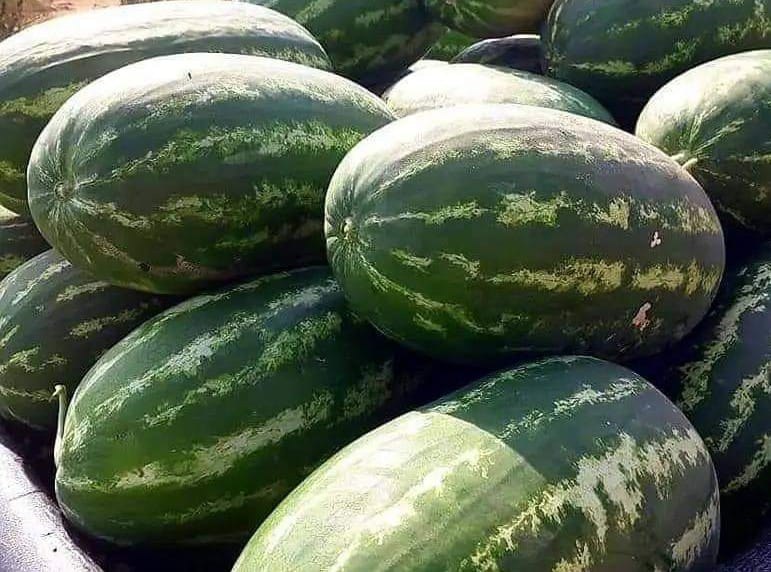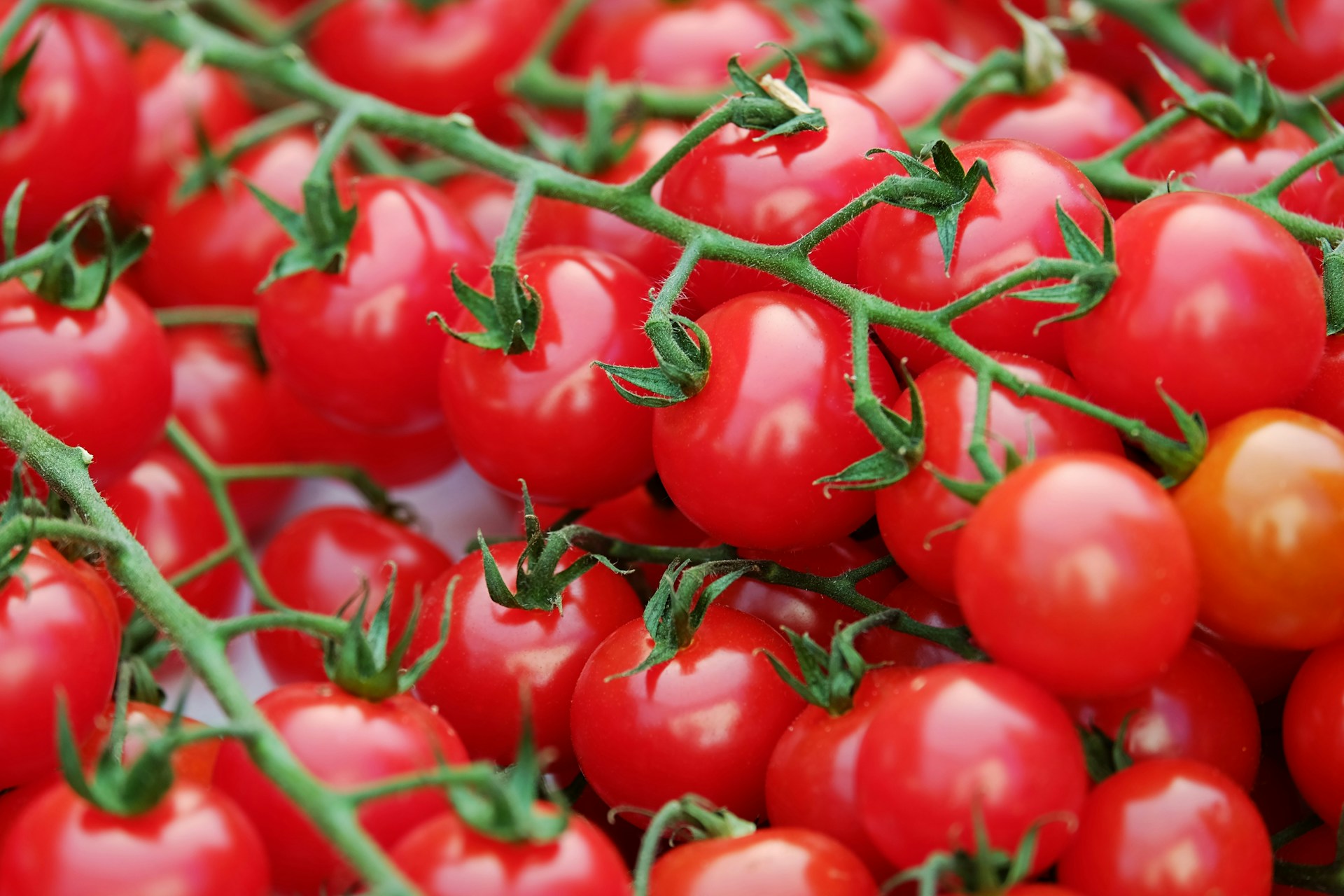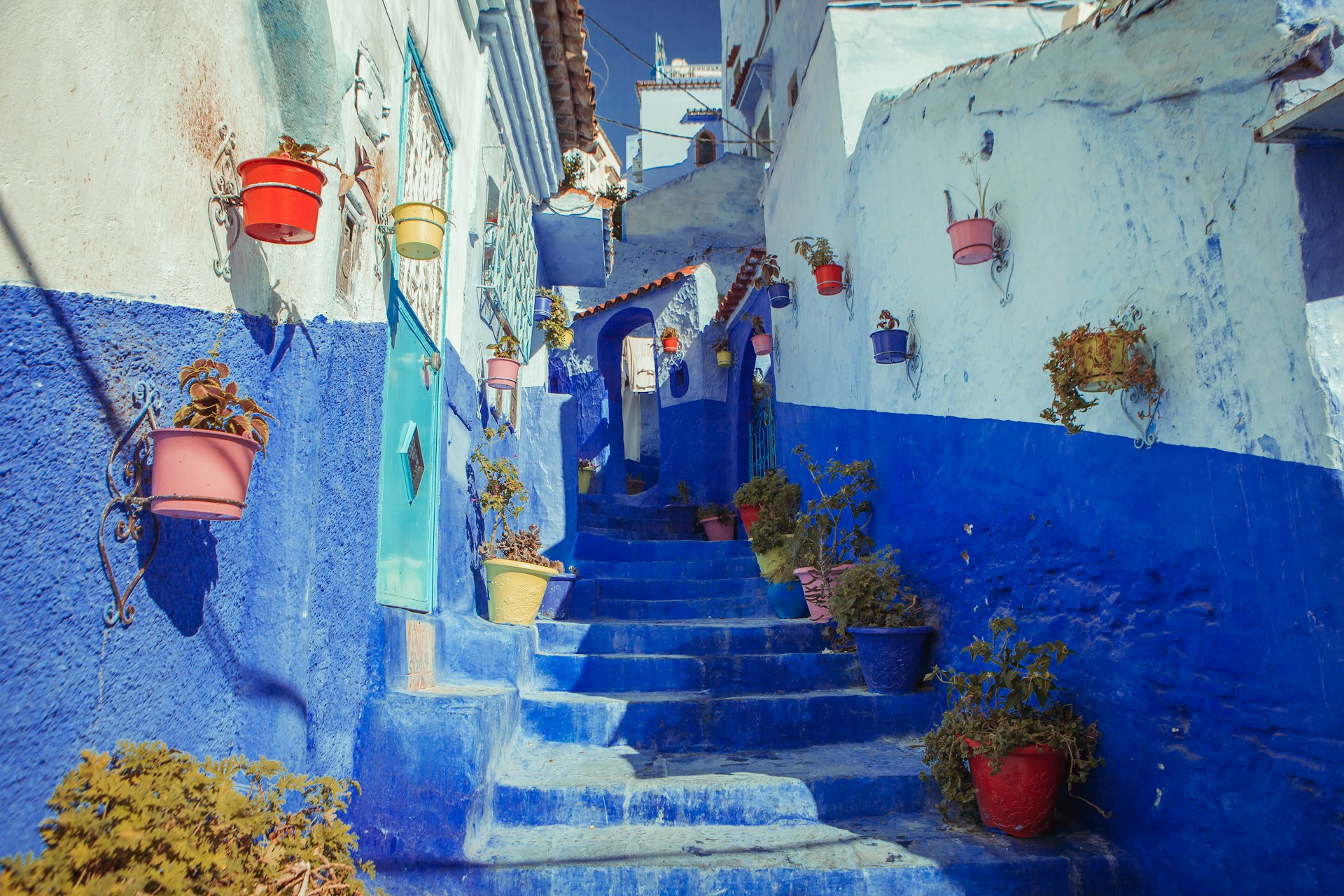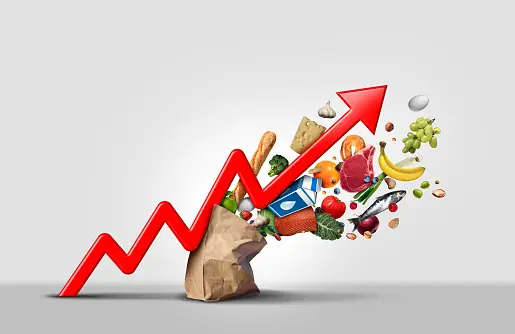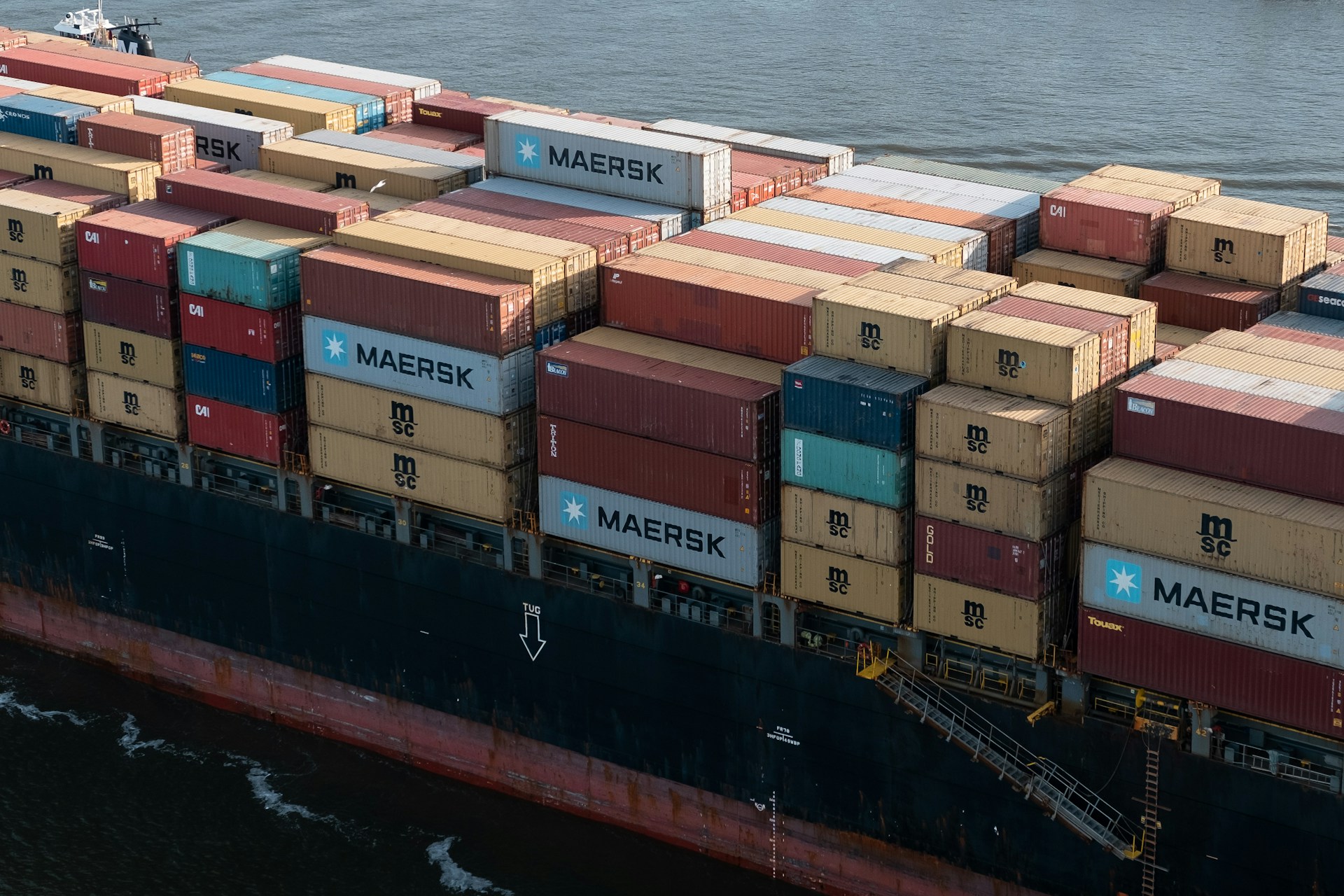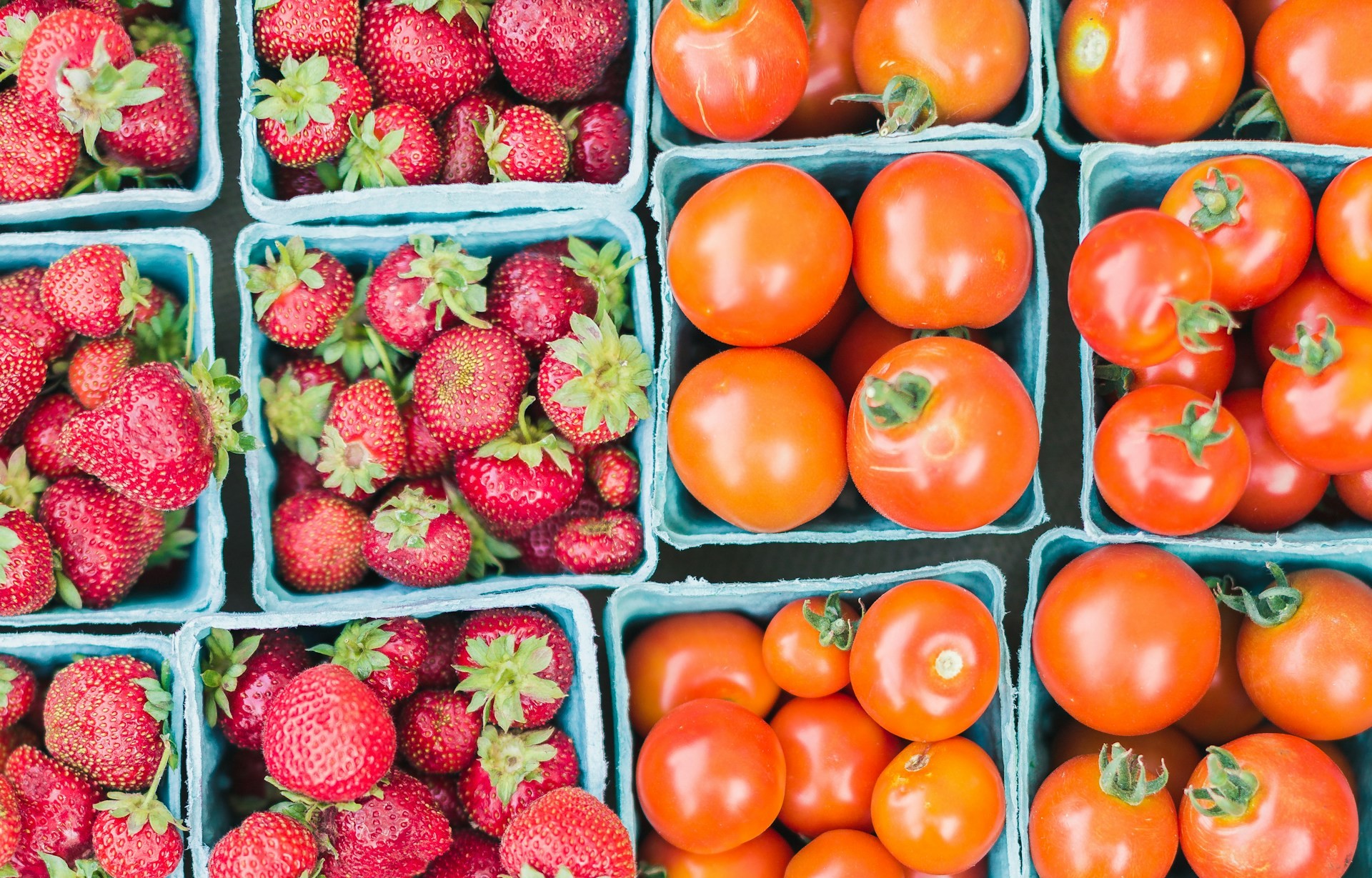Casablanca – In recent years, Morocco has solidified its position as one of the top watermelon exporters to Europe. However, 2024 has seen a sharp downturn in watermelon exports to the European Union, with Moroccan shipments plummeting by more than 50% during the first half of the year. This dramatic reduction, attributed to various economic, environmental, and regulatory factors, has shifted the dynamics of watermelon trade across the continent.
A steep decline in exports
According to data from “Hortoinfo” and statistics service “Euroestacom” (ICEX-Eurostat), Moroccan watermelon exports dropped by 50.31% during the first six months of 2024, with total shipments reaching 85,090 tons. This represents a sharp decline from the same period in 2023, when Morocco’s watermelon exports significantly contributed to the European market.
Despite this steep decline, Morocco remains the second-largest supplier of watermelon to the EU, trailing Spain and ahead of the Netherlands and Turkey. Spanish watermelon exports also faced a sharp drop, with a 51.81% decline, exporting 149,630 tons during the same period. While Spain retains the top spot in terms of market share with 23.46%, the overall supply to the EU market has been significantly reduced.
In total, the EU’s watermelon imports reached 637,820 tons in the first half of 2024, marking a 34.59% decline from the previous year. The total value of these imports was approximately $573.2 million, with an average price of $0.90 per kilogram.
Factors behind the decline
Several key factors have contributed to the decline in Moroccan watermelon exports to Europe:
1. Environmental challenges and water shortages
One of the most pressing issues behind the reduced watermelon output is the ongoing water crisis in Morocco. The country has been grappling with severe droughts for the past six years, particularly affecting regions that traditionally produce watermelon, such as the southeastern province of Zagora. As watermelon is a highly water-intensive crop—requiring around 8,000 liters of water per hectare—the reduced availability of water has significantly impacted production.
In response to the water shortages, Moroccan authorities have implemented regulations aimed at curbing the cultivation of water-heavy crops like watermelon. In regions like Zagora, where water scarcity is critical, restrictions on watermelon farming have been imposed to conserve dwindling water resources. These restrictions have led to a reduction in the overall production volume, directly affecting exports.
2. Pests and Crop Diseases
In addition to water issues, Moroccan watermelon farms have been affected by pest infestations, particularly the aphid pest, which has damaged several crops during the 2024 season. The presence of pests not only lowered the quality of the watermelon harvest but also led to a reduction in marketable output, further contributing to the decline in export volumes.
3. Market volatility in Europe
Another key factor in the decline of Moroccan watermelon exports is the overall reduction in European demand. Data shows that European watermelon imports fell by 34.59% during the first half of 2024. This is largely due to a combination of economic factors, shifting consumer preferences, and lower consumption levels across EU countries.
Countries like Spain, Italy, and Morocco, which are major suppliers to the EU, have all experienced significant reductions in their exports. Spain, for instance, recorded a decline of 160 million kilograms in watermelon exports, while Italy saw a 46% drop in its shipments. This decline in demand has had a ripple effect, further straining countries like Morocco, which depend heavily on the European market for their agricultural exports.
4. Regulatory and Logistical Challenges
Morocco has also faced logistical challenges in exporting to European markets, including stricter quality and safety standards. These new regulations, coupled with the challenges of transportation, particularly in the context of rising fuel costs and disrupted supply chains, have made it more difficult for Moroccan exporters to remain competitive in the European market.
A changing landscape for global exporters
While Moroccan exports have faced considerable setbacks, other countries have managed to increase their presence in the European market. Costa Rica, for example, saw its watermelon exports to Europe increase by 20.39%, while Senegal’s exports grew by 14.61%. Both countries have capitalized on the declining output from traditional exporters like Spain and Morocco, boosting their market share.
In terms of revenue, Spain still leads with earnings of approximately $142.7 million from watermelon sales to the EU, followed by the Netherlands with $83.2 million. Despite the reduction in volumes, Morocco retained its position as the third-largest exporter in terms of value, with earnings of approximately $79.9 million and an average price of $0.94 per kilogram.
Looking ahead: Adapting to new realities
The current trends in watermelon exports highlight the need for strategic adaptation on the part of Moroccan producers. Environmental sustainability is becoming an increasingly important factor, particularly as climate change continues to affect water availability. Farmers and exporters may need to explore alternative crops or invest in more efficient irrigation techniques to remain viable in the long term.
At the same time, exporters will need to adjust to the evolving market demands and regulatory requirements in Europe, ensuring that their produce meets the stringent quality standards expected by consumers. With increasing competition from emerging exporters like Costa Rica and Senegal, Moroccan producers must also seek to differentiate their products through quality and marketing strategies to maintain their foothold in the European market.
The decline in Moroccan watermelon exports to the EU in 2024 is a reflection of both local challenges and broader global trends. As the agricultural landscape continues to shift, Morocco will need to navigate these changes carefully to sustain its role as a key supplier to the European market.
